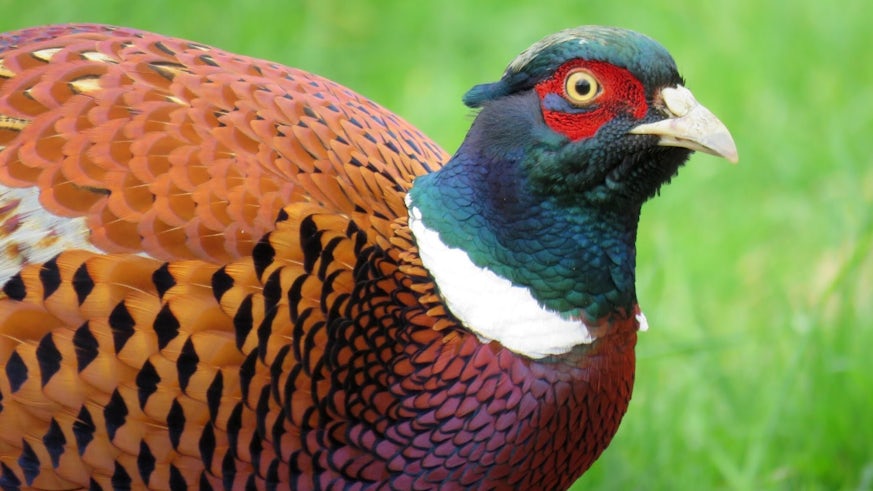Pheasants are disproportionally more likely to be killed on Britain’s roads
12 October 2017

Pheasants are 13 times more likely to die on roads than other birds, finds research from Cardiff University and Exeter University.
Almost 7% of all roadkill on Britain’s roads involve pheasants, and 6% of these led to human deaths or serious injuries. Collaborative research between Cardiff University and Exeter University has shed light on why pheasants are more likely to be run over in comparison to over birds.
Researchers compared roadkill figures from the 1960s and 2010s, before and after the start of mass release of pheasants for shooting, revealing that the peak times of year for pheasant roadkill coincides with the times in the year when captive-bred pheasants are released from pens.
Dr Sarah Perkins, Cardiff University School of Biosciences, said: “The reasons that pheasants are more likely to die on our roads are varied, including their short flight distances.
“By looking at the data, we can see that the times of year that pheasants are being killed has changed.
“Peak times for pheasant roadkill has changed from the 1960s, where the deaths of pheasants on our roads peaked during the early summer. Now, pheasant roadkill is most common during autumn and late winter.
“These peaks coincide with the release of captive-bred pheasants and when feeding ceases following the end of the shooting season.”
The research from Cardiff and Exeter shows that roadkill first peaks in September to November as pheasants disperse from pens during their release.
Pheasant roadkill then declines over the winter before peaking again in February when supplementary feeding ceases.
“These pheasants are potentially at higher risk after release as they are raised in the absence of parents, and therefore haven’t learned survival skills.
“Small changes in behaviour may be able to help protect pheasants. For example, if pheasants are fed away from the roads and continuing to feed them from February to May, this may stop them from walking into the roads.
“Our work demonstrates how changes in animal behaviour can be revealed by roadkill data reported by members of the public, and the value of citizen science,” Dr Perkins said.